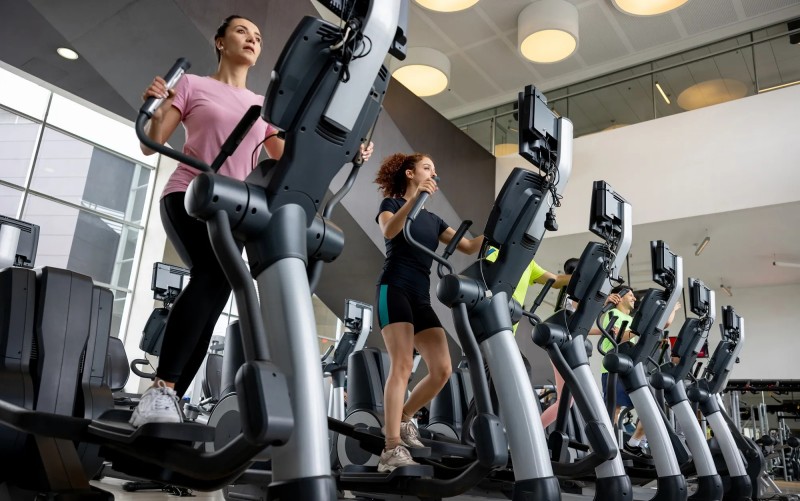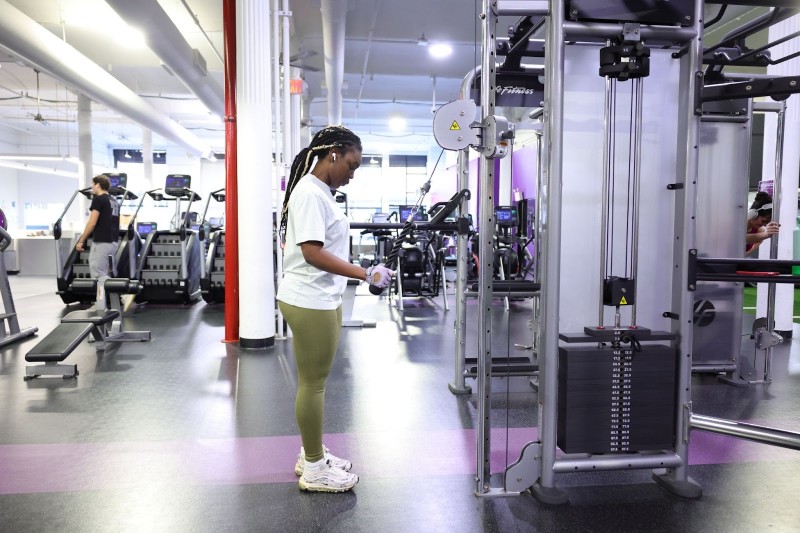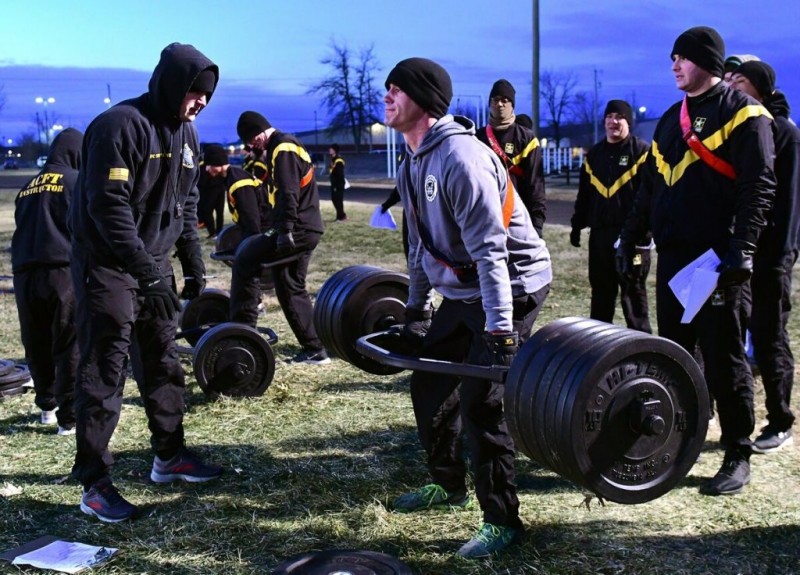Mobility for weightlifters is an often overlooked but critically important aspect of strength training. Without adequate mobility, weightlifters can struggle to achieve optimal form, and may even risk injury. This article will explore the importance of mobility for weightlifters, offering practical tips and strategies to improve flexibility and performance in the gym.
Firstly, what exactly is mobility? In fitness terms, mobility refers to the ability to move a joint through its full range of motion. For weightlifters, this can mean the difference between a successful lift and a failed one. For example, a study published in the Journal of Strength and Conditioning Research in 2024 highlighted the significant role mobility plays in executing key weightlifting movements correctly.
One of the most common areas where weightlifters face mobility issues is the shoulder joint. This joint is highly complex, and poor mobility can lead to a host of problems, including impaired lifting performance and a higher risk of injury. To combat this, weightlifters can incorporate shoulder mobility exercises into their routine. Examples include arm circles, wall slides, and doorway stretches.
Another area of focus should be hip mobility. A 2024 study from the Journal of Nutritional Health found that weightlifters with poor hip mobility were more likely to experience lower back pain. To enhance hip mobility, try exercises like hip circles, lunges, and leg swings.
Improved mobility for weightlifters isn’t just about preventing injury, it’s also about enhancing performance. Increased flexibility can lead to better form, more power, and ultimately, bigger lifts. For instance, improved ankle mobility can greatly enhance your squat depth, allowing you to lift more weight effectively and safely.
It’s also important to remember that mobility work is not a one-time fix but a continuous process. Just like strength training, you need to consistently work on your mobility to see improvements. Regularly incorporating mobility exercises into your routine, along with adequate recovery and nutrition, can result in noticeable improvements in your weightlifting performance.
Finally, don’t underestimate the power of professional guidance. Working with a fitness trainer or a physical therapist can provide personalized advice and guidance tailored to your specific needs. They can help identify any mobility issues you may have and design a program to address them.
In conclusion, mobility for weightlifters is a vital element of successful and safe strength training. By incorporating mobility exercises into your routine, focusing on problem areas like the shoulders and hips, and seeking professional guidance, you can improve your performance and reduce the risk of injury.












 : eval()'d code(1) : eval()'d code(1) : eval()'d code(1) : eval()'d code</b> on line <b>2</b><br />
https://mindbodyfuell.com/wp-content/themes/baobao/default.jpg)
